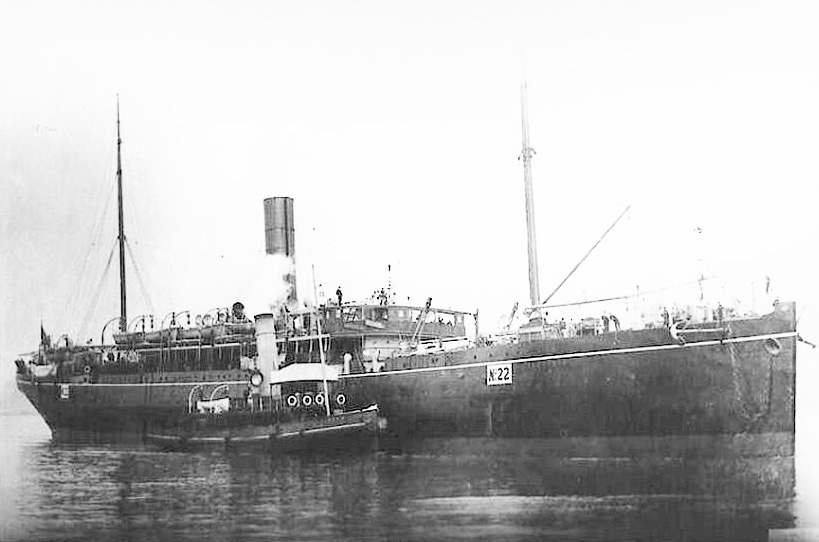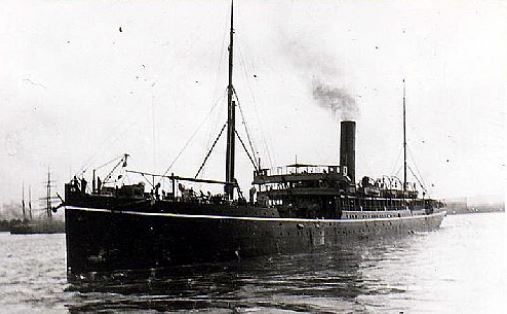Difference between revisions of "SS Sardinia"
From Our Contribution
(→Remarks) |
|||
| (One intermediate revision by the same user not shown) | |||
| Line 2: | Line 2: | ||
| image = [[File:SS_Sardinia.jpg]] | | image = [[File:SS_Sardinia.jpg]] | ||
| caption = | | caption = | ||
| − | | image2 = [[File:.jpg]] | + | | image2 = [[File:SS_Sardinia_1.jpg]] |
| caption2 = | | caption2 = | ||
| shipname = SS Sardinia | | shipname = SS Sardinia | ||
| Line 30: | Line 30: | ||
==Remarks== | ==Remarks== | ||
| − | Built for the Peninsular & Oriental Steam Navigation Company as a passenger / cargo vessel. Sardinia spent her entire life in service with P & O, and was eventually sold for scrap. She was taken to Osaka, Japan for demolition on 20 July 1925. | + | Built for the Peninsular & Oriental Steam Navigation Company as a passenger / cargo vessel. ''Sardinia'' spent her entire life in service with P & O, and was eventually sold for scrap. She was taken to Osaka, Japan for demolition on 20 July 1925. |
| − | During WW1 she | + | During WW1 she had been torpedoed in the starboard bow by a German submarine, whilst in convoy in the Mediterranean. Her passengers and most of the crew were transferred to a warship, but senior officers and some crew remained on board. To prevent one of her forward bulkheads from collapsing, she sailed backwards for over sixty miles (100 kilometers) at a speed of 3.5 knots, eventually arriving in Oran, where temporary repairs were made to allow her to reach Gibraltar where permanent repairs were then made. |
==Soldiers carried== | ==Soldiers carried== | ||
Latest revision as of 01:19, 25 September 2023
Contents
Remarks
Built for the Peninsular & Oriental Steam Navigation Company as a passenger / cargo vessel. Sardinia spent her entire life in service with P & O, and was eventually sold for scrap. She was taken to Osaka, Japan for demolition on 20 July 1925.
During WW1 she had been torpedoed in the starboard bow by a German submarine, whilst in convoy in the Mediterranean. Her passengers and most of the crew were transferred to a warship, but senior officers and some crew remained on board. To prevent one of her forward bulkheads from collapsing, she sailed backwards for over sixty miles (100 kilometers) at a speed of 3.5 knots, eventually arriving in Oran, where temporary repairs were made to allow her to reach Gibraltar where permanent repairs were then made.

